A Spectacle and Nothing Strange — Ahndraya Parlato’s Images Straddle Objective and Subjective Realities
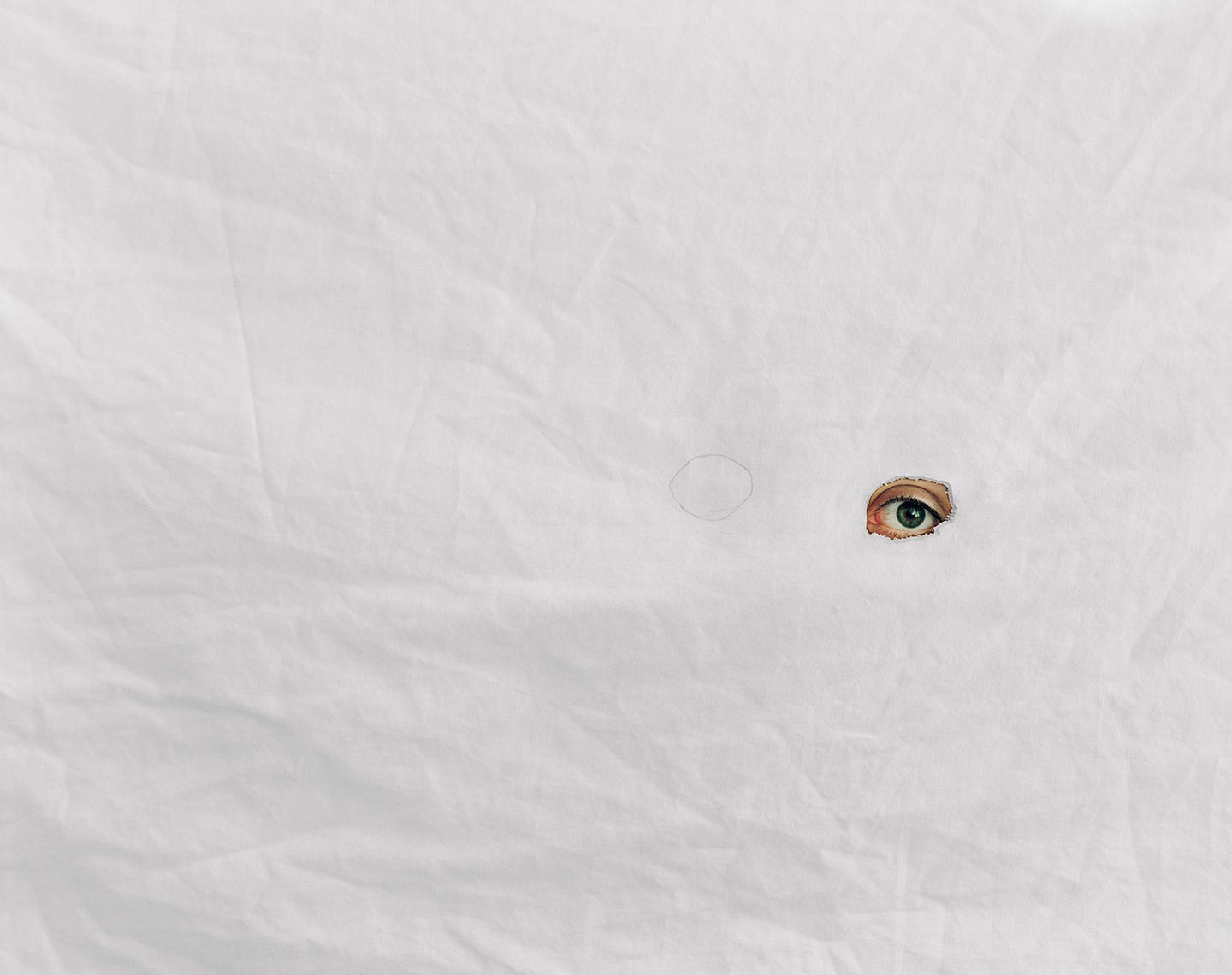

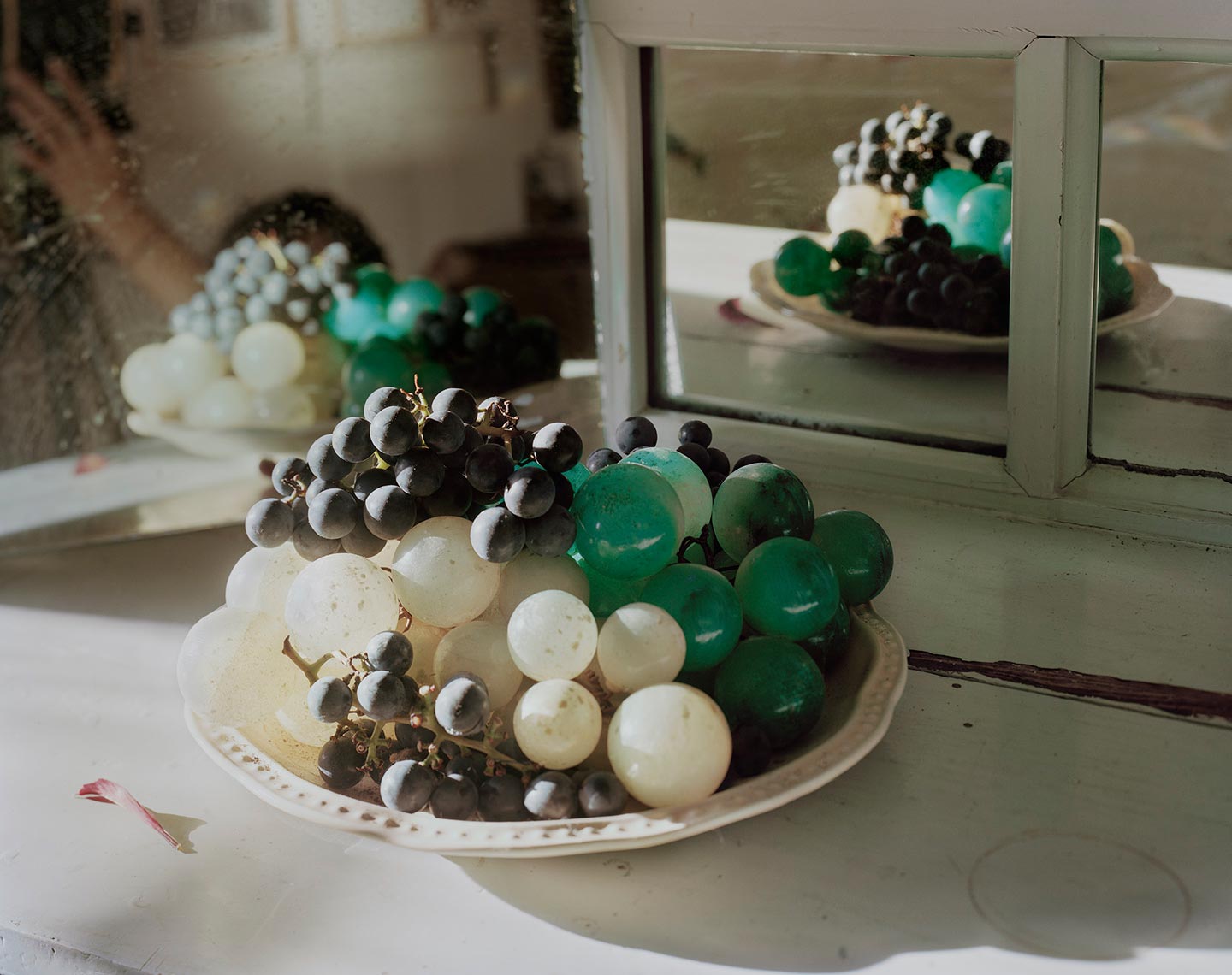
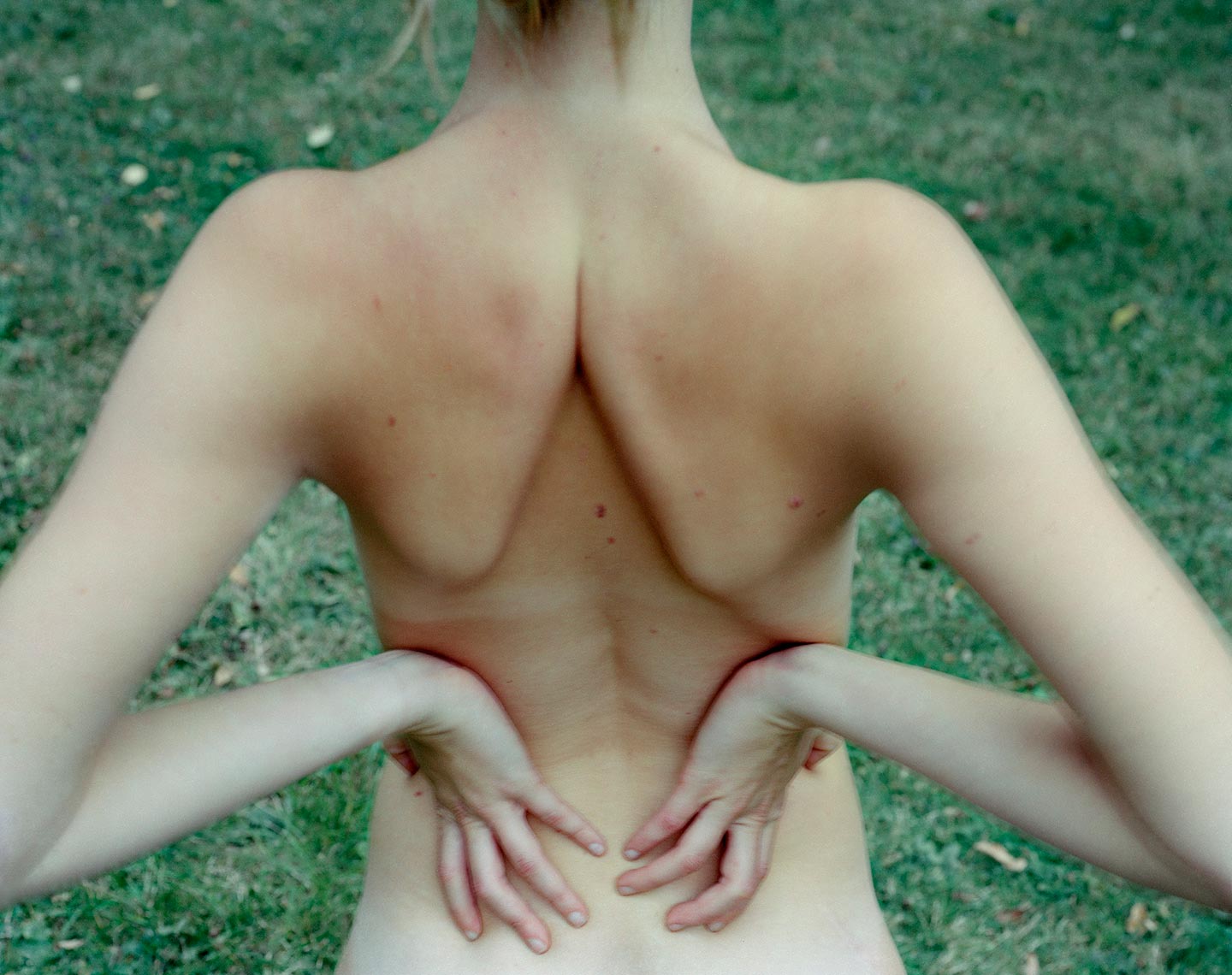
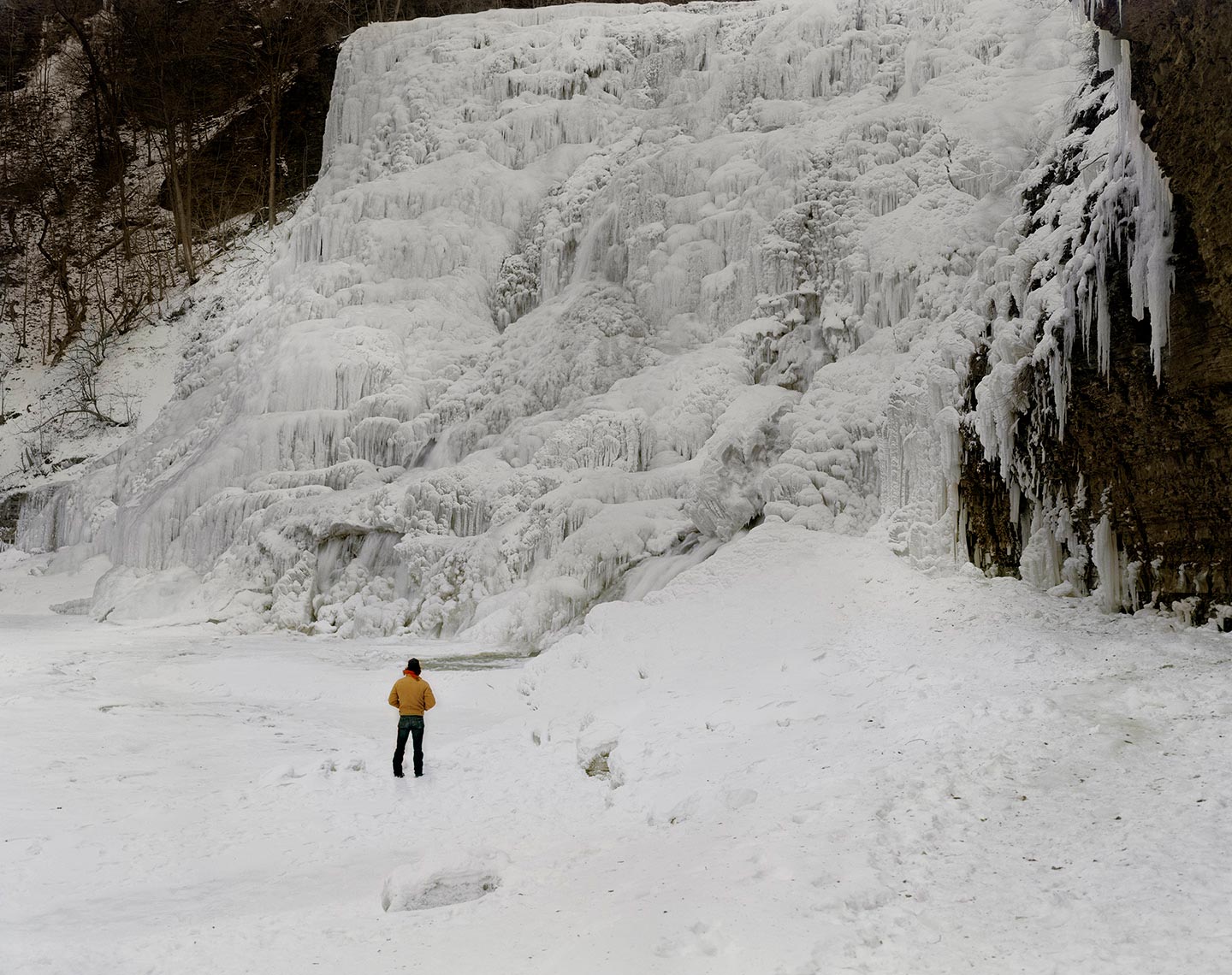
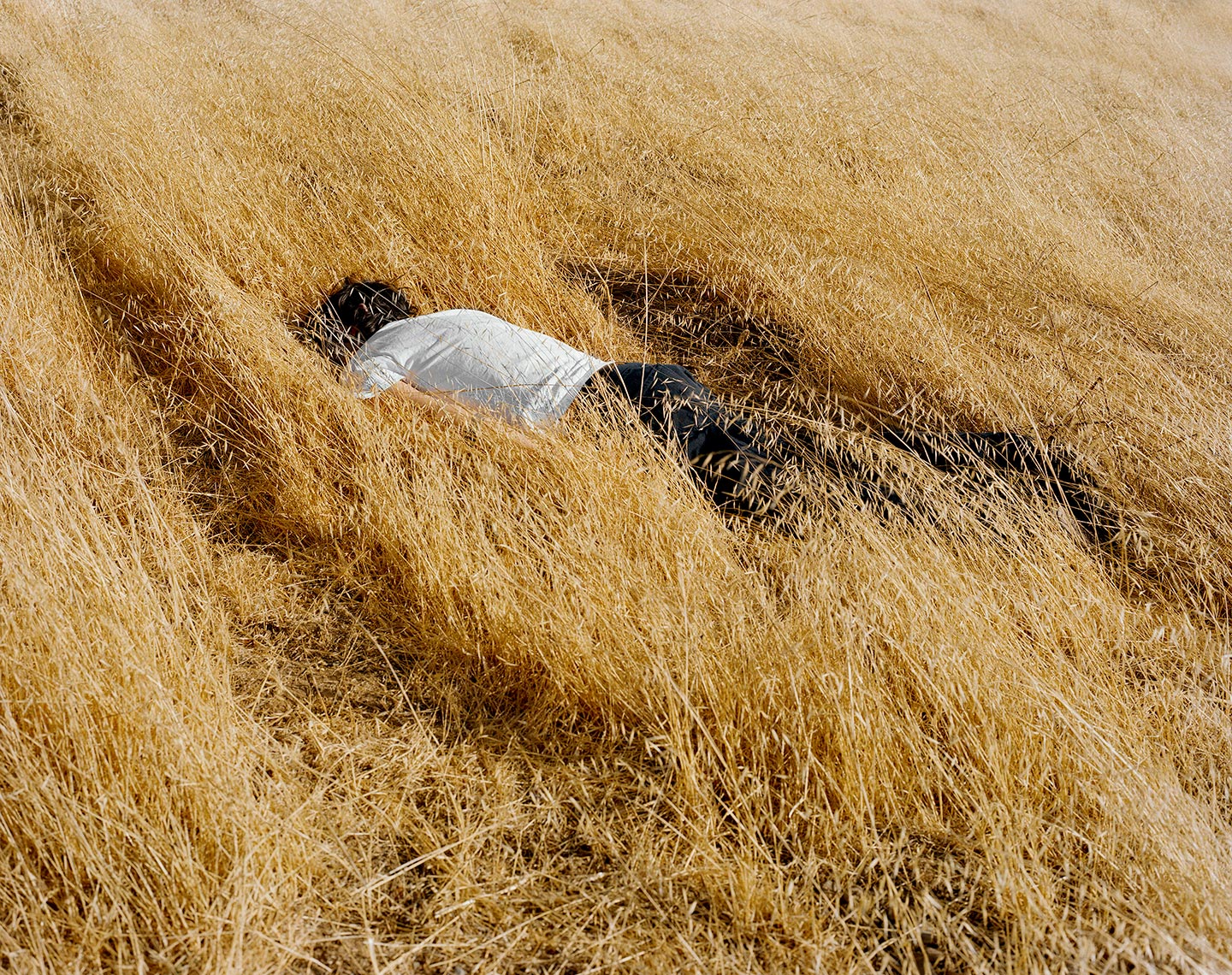
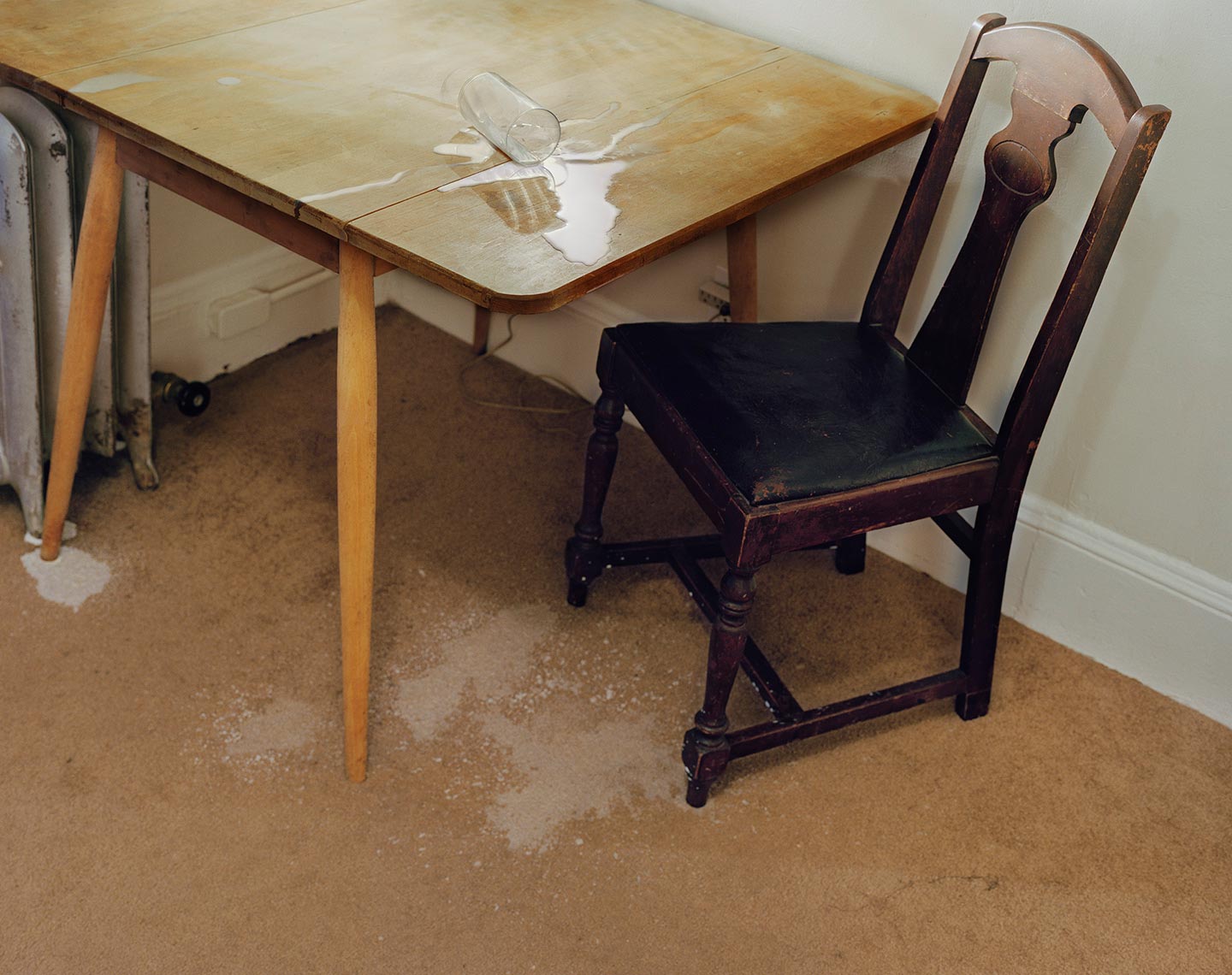
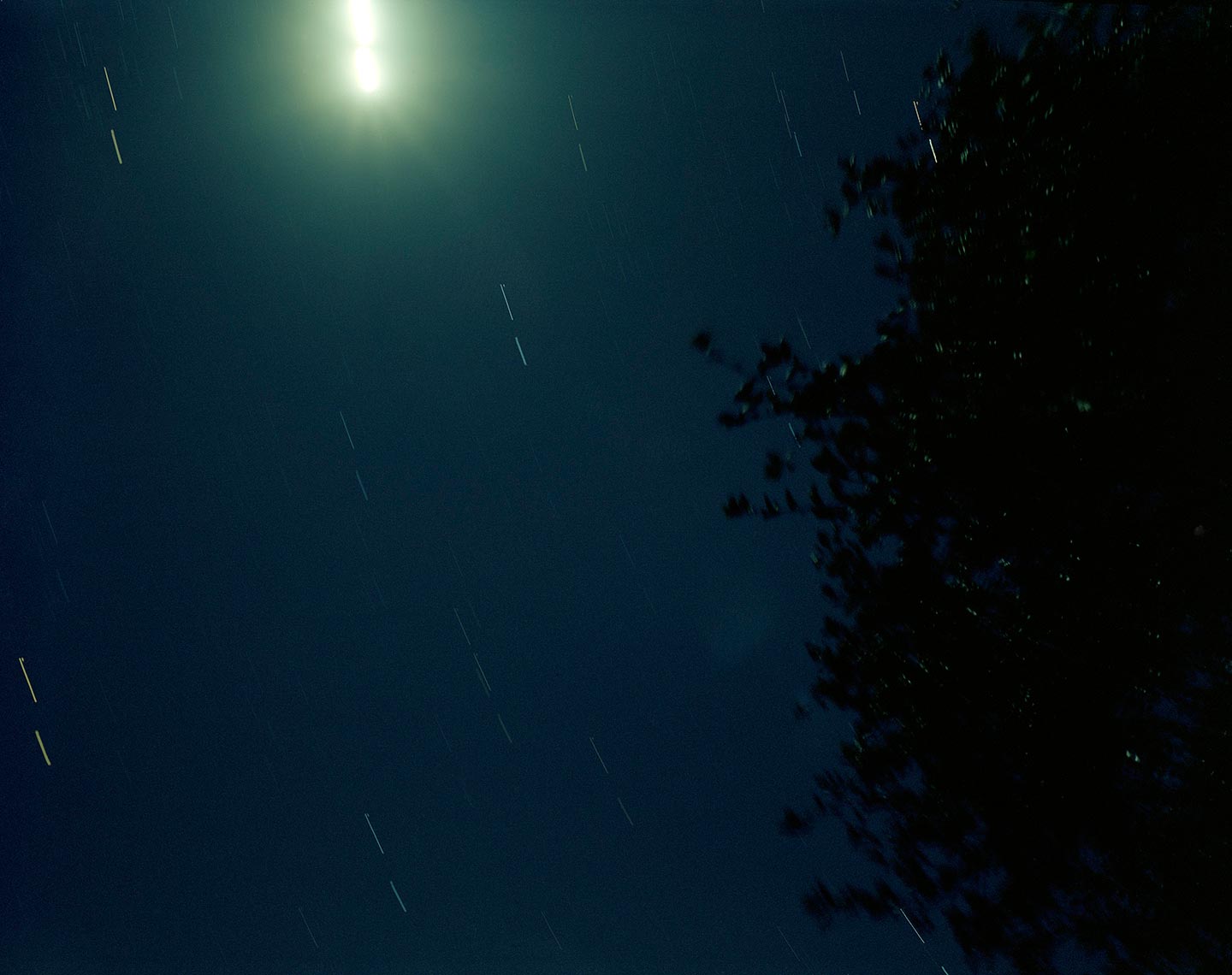



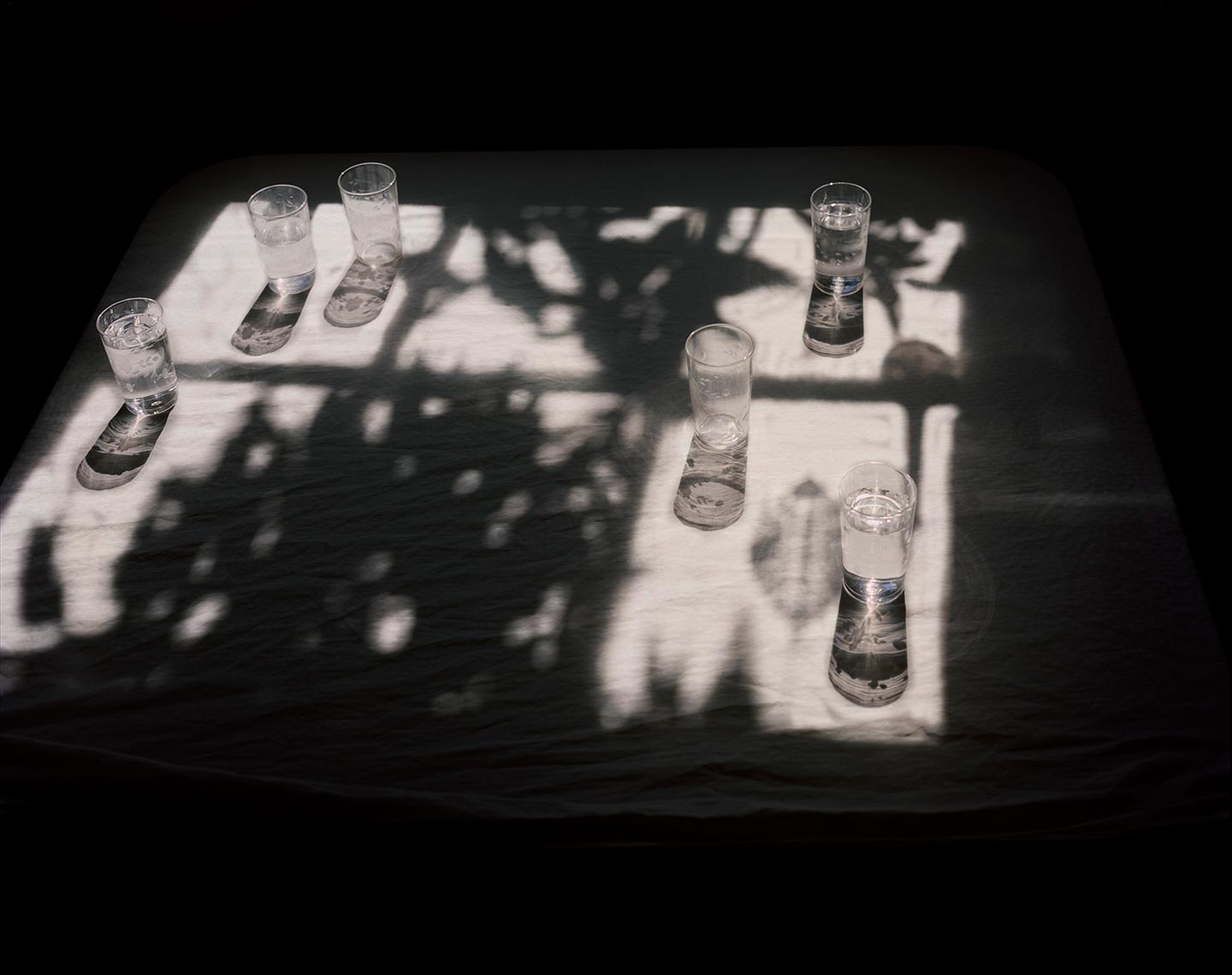

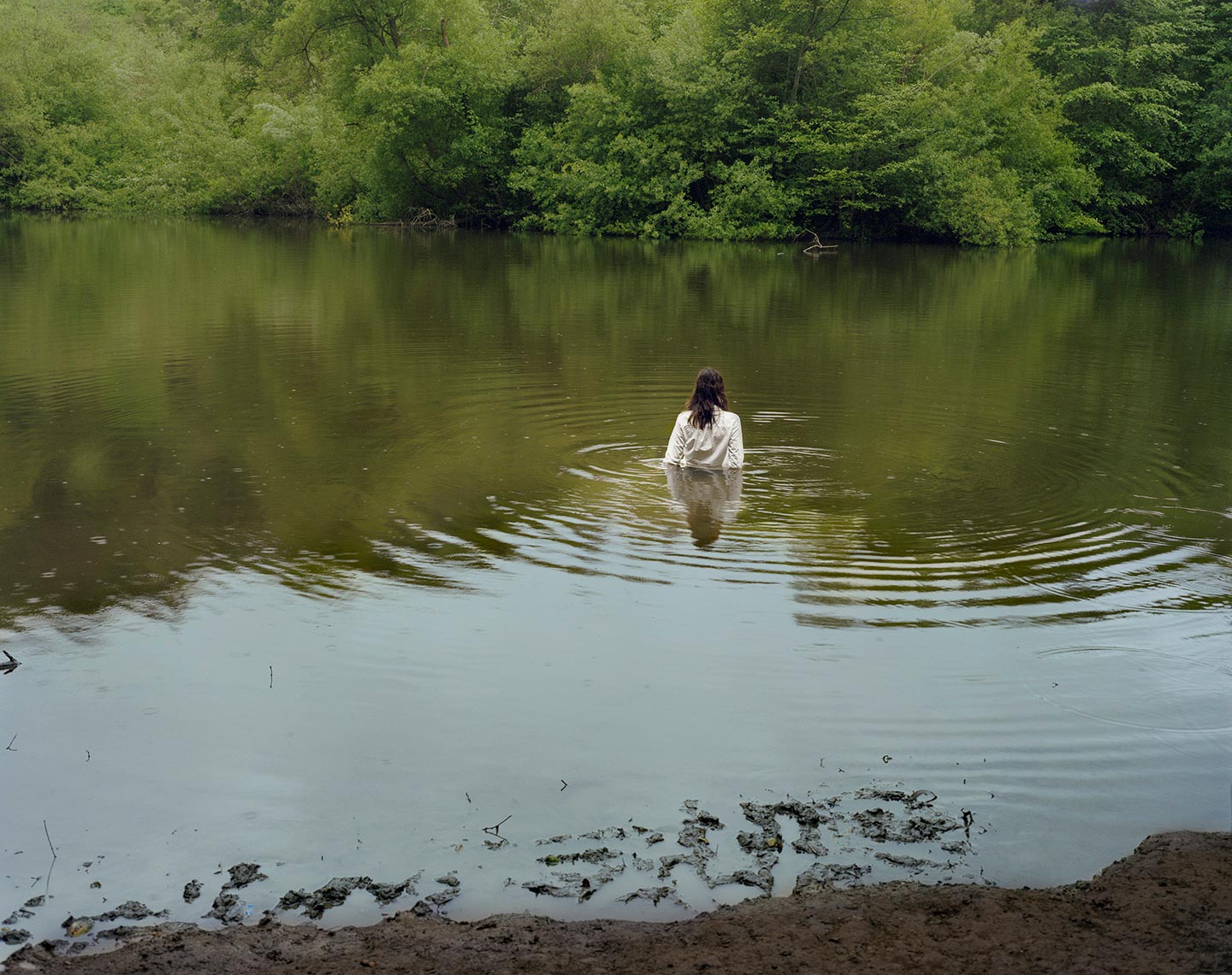
The childhood of 37 year-old Hawaiian photographer Ahndraya Parlato was marked by the mental illness of her single mother. Her difficulty to distinguish between reality and what she thought reality was had a great influence on Ahndraya, whose beautiful images use the real world to create a subjective one—much like a dream does. A Spectacle and Nothing Strange, Ahndraya’s recent photobook published by Kehrer Verlag, epitomizes the photographer’s unique approach in a series of photos shot over more than ten years—buy your copy here.
Hello Ahndraya, thank you for this interview. What are your main interests as a photographer?
Making complicated, ambiguous images that challenge the viewers to draw conclusions on their own. I generally start with something that feels very personal, so for instance, I’m currently making work about motherhood, my mother’s suicide, and how my relationship to mortality has shifted since becoming a mother. However, all these personal things are also much more than that, as they also explore gender construction and mental illness, amongst other things.
Please introduce us to A Spectacle and Nothing Strange: what are the themes at the core of the book?
I am invested in the world as a fragmented and un-understandable (in a good sense) place. The book creates a sort of a bridge between objective and subjective realities, and shows how there’s a tension between the two, a tension that surfaces in the day to day, even if it’s often in dreams or day dreams, which are things I don’t actually see as falling outside of our world or reality.
The title itself is also a way to normalize the magical, mysterious, or scary elements in the book. And I don’t mean to use the word normalize as if those adjectives are unwanted or problematic: I mean it in the sense that I think they are genuinely part of the world, but often categorized as less important or stable aspects.
A Spectacle and Nothing Strange is a collection of photographs made over ten years. What inspired you to go through your archives and edit some of the images into a book?
The book is not an archive project. I actually put the first version of this work into book form 10 years ago, but then kept making new images to add to it. So while the book covers a larger period of time, I was actually looking forward, not backward.
You are the daughter of a single mother who was mentally ill. How did your personal situation shape your artistic vision, and how much does it have to do with this book in particular?
I think everyone’s ‘vision’ is in some way affected by their childhood—this is certainly true in my case. My situation was interesting in that I often had to navigate between two different realities: the more logical, concrete things I was being taught at school were often at odds with the way my mom saw things. For instance, for my whole life, she was convinced that, wherever we lived, our neighbors had keys to our apartment, and often if something was missing—it could be as small as a button—she would say the neighbors had taken it. So I remember being 6 years old and having to consider this, and thinking: “That’s weird, why would someone go through all that trouble just for a button?” Of course, at that age we generally trust our parents, so it was a funny position to occupy—not knowing what is and is not reality, and having to decide that for myself at a young age, rather than just assuming it was true. In that way, my childhood directly relates to my photographs as I often put my viewer in the same position I occupied: having to figure out what is and is not real.
In terms of this book in particular, my story has to do with it only insomuch as it affected me becoming the person I am. The book is not intentionally put together in a way to specifically speak to mental illness or my relationship to my mom.
How would you describe the images included in A Spectacle and Nothing Strange?
The book draws its cohesion through content and concept rather than subject matter. In terms of subject matter, there’s a mix of landscapes, still lives, and people. Many of the images are the result of an intervention into the world; however, some of them are simply found.
The images create a world adjacent to ours; not Other, but within. Perhaps an apt metaphor might be that of a mirror, as the world reflected in a mirror both is and is not our actual world, but in sort of a quieter, sneaky way rather than fantastical or surreal.
How do you hope viewers will react to A Spectacle and Nothing Strange, ideally?
I hope to create an intimate viewing experience, which, to borrow from Barthes, might at first interaction fall outside of language, meaning that the viewer understands the images primarily through intuition, and then later perhaps through concept or language.
What have been the main influences on your photography?
I love photography, and I look at it all the time. But as someone whose process often entails constructing images rather than encountering them, I am more frequently moved by music, films, or writing than by photographs. It’s easier for me to find inspiration in another medium, rather than using still images to make other still images.
I appreciate non-linear works which may contain a few threads running through them rather than one overarching narrative, so I tend to read a lot of poetry and experimental essays. Some of my favorites are writers Anne Carson, Rosemarie Waldrop, Christian Hawkey and Ben Lerner; and film-makers Krzysztof Kieslowski, Werner Maria Fassbinder, Igmar Bergman, Andrea Arnold and Sofia Coppola.
Who are some of your favorite contemporary photographers?
Viviane Sassen, Masao Yamamoto, Collier Schorr, Lieko Shiga, Rinko Kawauchi.
Choose your #threewordsforphotography.
Ambiguity. Reality. Tension.
Keep looking...

FotoCal — Photography Awards, Grants and Open Calls Closing in October 2024

FotoCal — Photography Awards, Grants and Open Calls Closing in September 2024

FotoCal — Photography Awards, Grants and Open Calls Closing in August 2024

FotoCal — Photography Awards, Grants and Open Calls Closing in July 2024

FotoCal — Photography Awards, Grants and Open Calls Closing in June 2024

FotoCal — Photography Awards, Grants and Open Calls Closing in May 2024

FotoCal — Photography Awards, Grants and Open Calls Closing in April 2024




